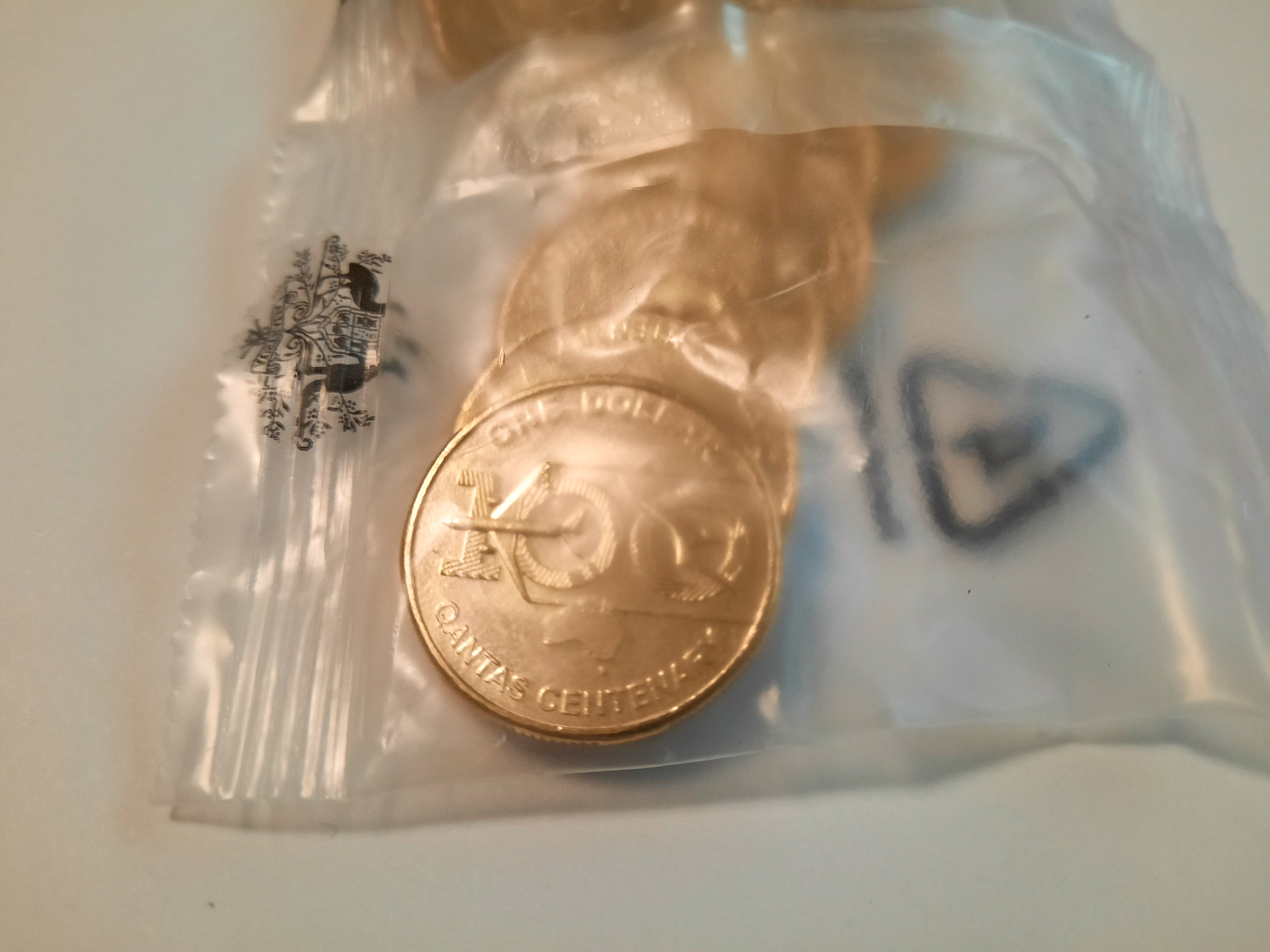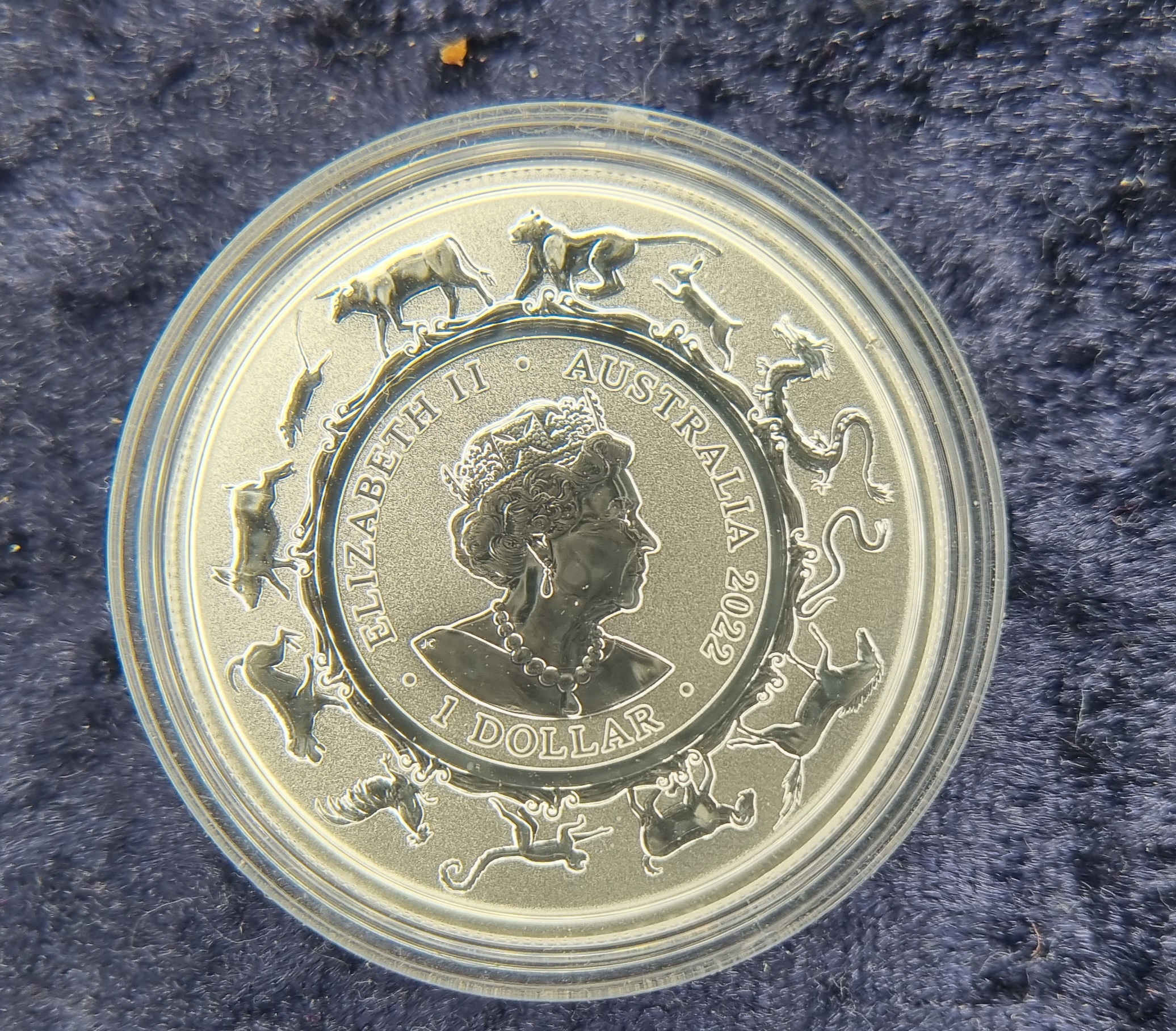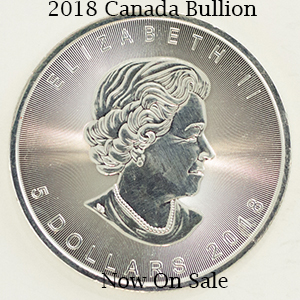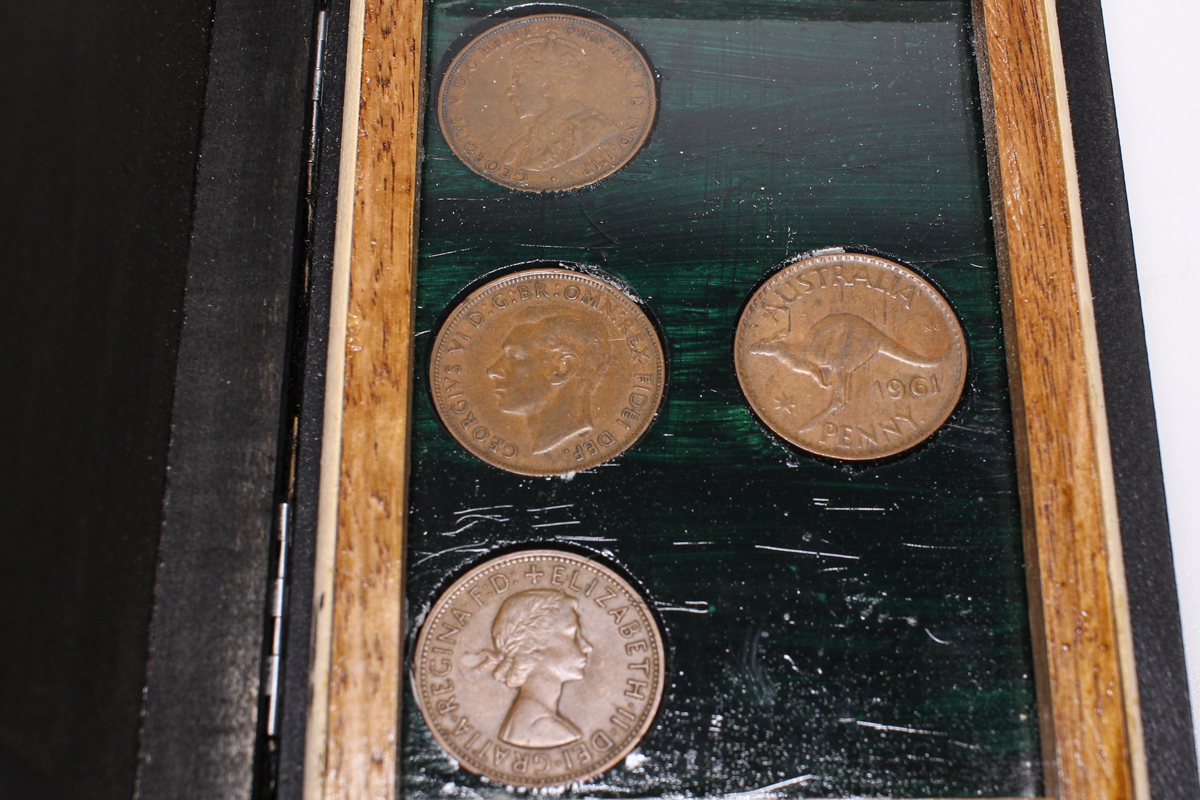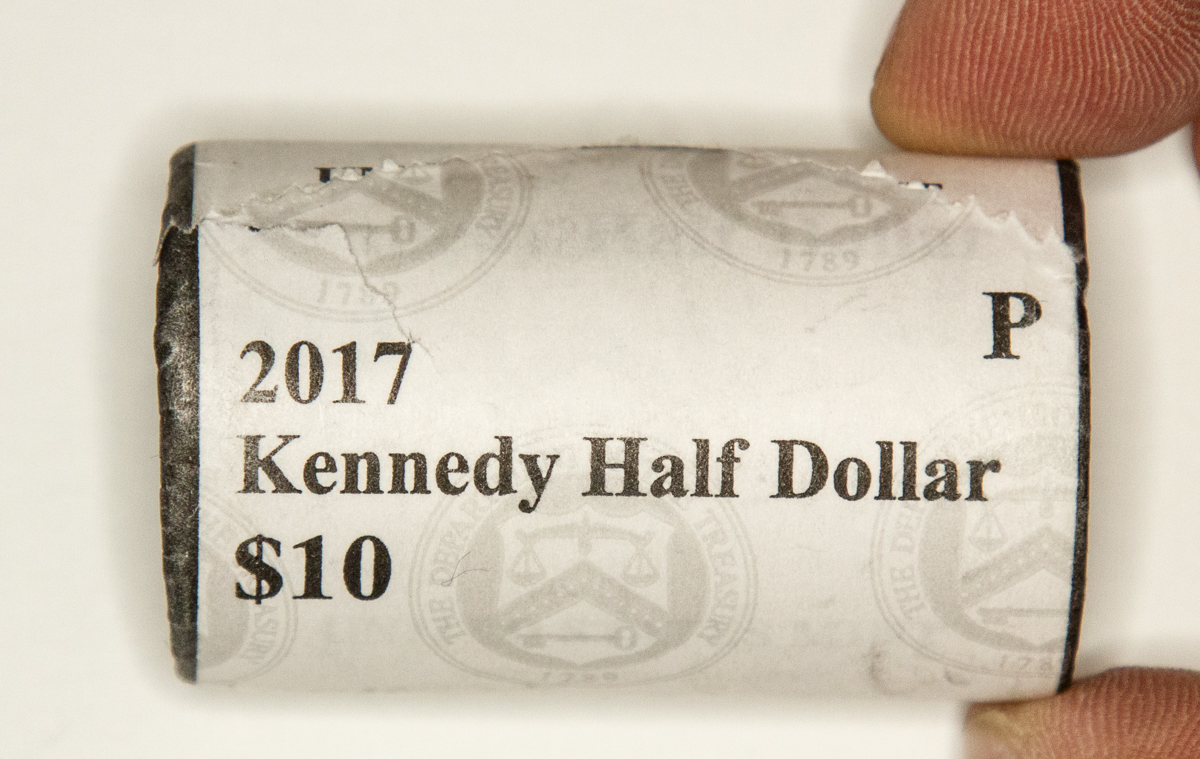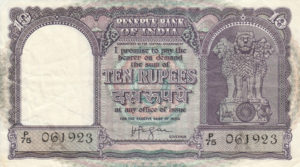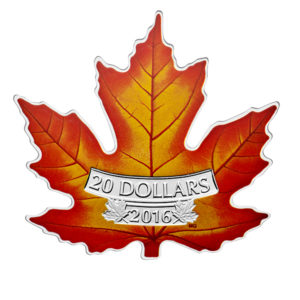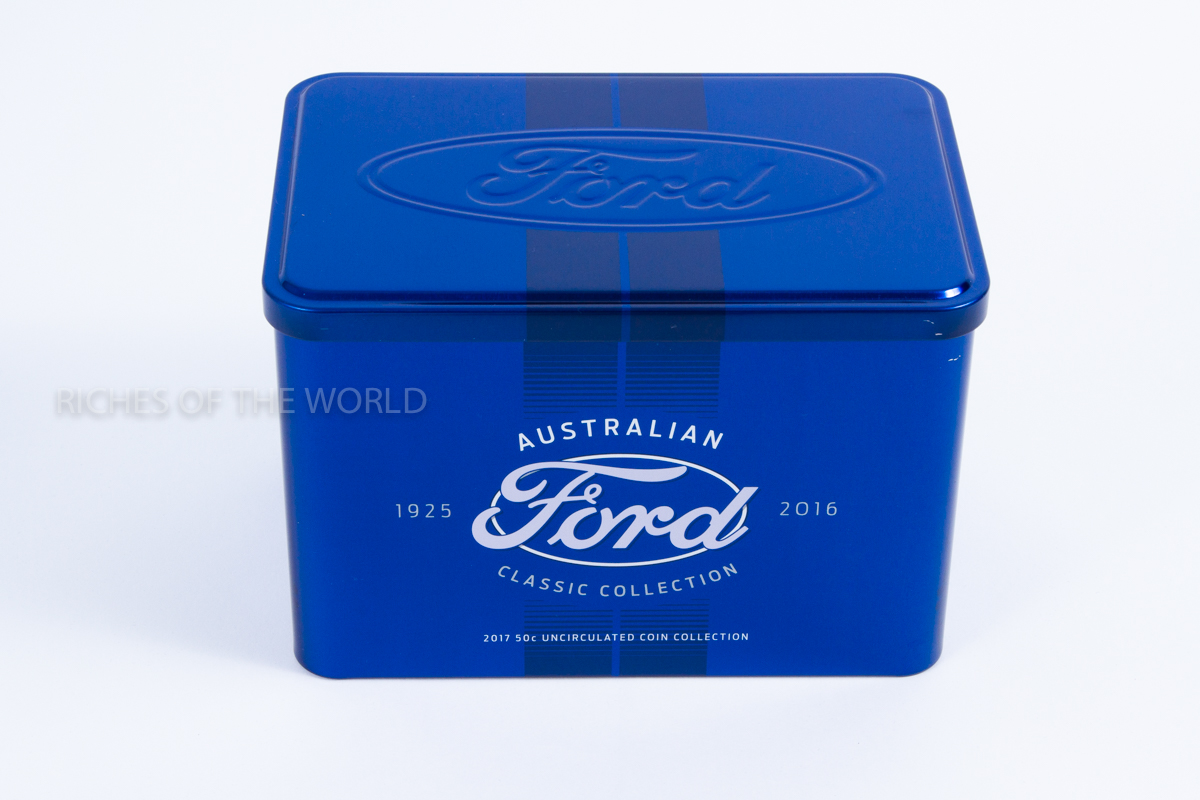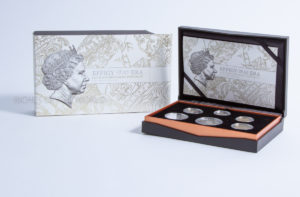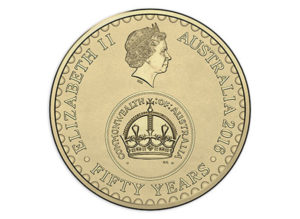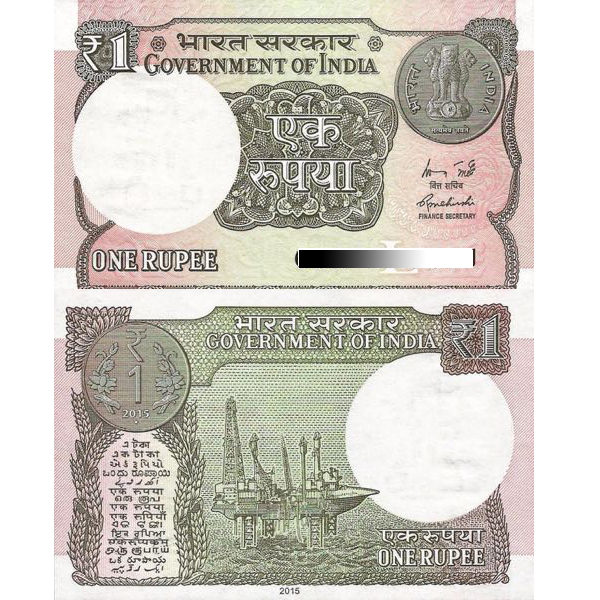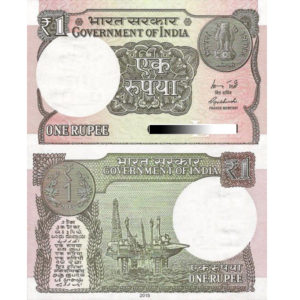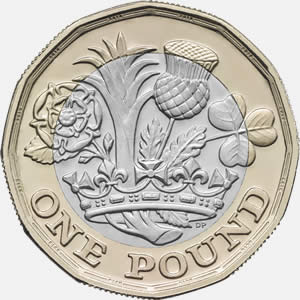The design of the Australian Dollar has undergone significant evolution since the introduction of the Australian Pound and the subsequent transition to the decimal currency system. From traditional paper banknotes to the innovative use of polymer materials, the Australian currency has continuously adapted its design to reflect national identity, incorporate advanced security features, and commemorate important milestones. This article delves into the intricate journey of how the design of the Australian Dollar has transformed over the years, exploring key design changes, the influence of technology, public reception, and future trends in currency design.
Introduction to the Australian Dollar
G’day mate! The Australian Dollar, denoted by the symbol $ or AUD, is the currency used Down Under. Known for its vibrant design and robust economy, the Aussie dollar has undergone significant transformations over the years.
Overview of the Australian Currency System
From kangaroos to Queen Elizabeth II, Australian currency showcases a mix of cultural icons and historical figures. The currency system is managed by the Reserve Bank of Australia, ensuring stability and integrity in the financial realm.
Significance of Currency Design in Representing National Identity
Crikey! The design of a country’s currency plays a crucial role in representing its national identity. In the case of Australia, currency designs often feature symbols of indigenous culture, wildlife, and historical landmarks, reflecting the nation’s rich tapestry of heritage.
—
Early Designs of the Australian Dollar
Let’s turn back the clock and delve into the origins of the Aussie dollar’s design, from the days of pounds to the decimal currency system.
Introduction of the Australian Pound
Throwback to the era when the Australian Pound ruled the roost! Before the Aussie dollar came into play in 1966, the pound was the currency of choice, boasting distinctive designs that captured the essence of a young nation.
Transition to the Decimal Currency System
In 1966, Australia bid adieu to the pound and embraced the decimal currency system, introducing the iconic dollar. This shift brought about new designs and denominations that set the stage for the modern Aussie dollar we know today.
—
Key Design Changes in the Evolution of the Australian Dollar
Strap in for a wild ride as we explore the major design evolutions that have shaped the Aussie dollar over the years.
Shift from Paper to Polymer Banknotes
Out with the old, in with the new! Australia made waves in the currency world by introducing polymer banknotes in the 1990s, offering enhanced durability and security features that revolutionized the way we handle cash.
Incorporation of Indigenous Australian Symbols
The Aussie dollar got a cultural makeover with the incorporation of indigenous Australian symbols. From dreamtime stories to iconic artworks, these designs pay homage to the rich heritage of Australia’s First Nations peoples.
—
Security Features and Anti-counterfeiting Measures
Strewth! When it comes to protecting the integrity of the Aussie dollar, security features and anti-counterfeiting measures are the unsung heroes.
Introduction of Advanced Security Features
To combat counterfeiters, Australia introduced cutting-edge security features such as holographic elements, raised printing, and microtext, making it increasingly challenging for fraudsters to replicate the dollar.
Ongoing Efforts to Combat Counterfeiting
As technology advances, so do the tricks of counterfeiters. The Reserve Bank of Australia remains vigilant, continuously enhancing security measures to stay one step ahead of counterfeit threats and safeguard the integrity of the Aussie dollar.Commemorative and Special Edition Designs
Role of Commemorative Designs in Celebrating National Milestones
Crikey! Commemorative designs on Aussie dollars aren’t just a fancy add-on. They’re all about celebrating the big moments in down under history, mate. From honoring iconic Aussies to remembering major events, these special editions bring a bit of fair dinkum Aussie spirit to your wallet.
Unique Features of Special Edition Banknotes
Ever seen a banknote that’s more decked out than a kangaroo on Australia Day? Special edition Aussie dollars are as unique as a platypus with a sombrero. With their striking designs and extra security features, these notes are as rare as a Tasmanian tiger sighting. So keep your peepers peeled for these beauts!
Influence of Technology on Australian Dollar Design
Integration of Technology for Enhanced Security
G’day to high-tech security features! Aussie dollars are as protected as a croc in a moat thanks to the latest tech wizardry. From holograms to micro-printing, these notes are harder to crack than a macadamia nut. So rest easy knowing your cash is safe from any dodgy buggers.
Impact of Digitalization on Currency Design
Aussie dollars have gone from the bush to the digital age faster than you can say “throw another shrimp on the barbie.” With digital payment trends skyrocketing, our currency design is adapting quicker than a kangaroo hopping away from a dingo. So grab your phone and get ready for a cashless Crocodile Dundee experience!
Public Reception and Perception of Design Changes
Feedback from the General Public and Experts
Fair dinkum! Aussies are as vocal about currency design as a kookaburra at sunrise. From grumbling about new designs to praising the iconic classics, everyone’s got an opinion on our dollarydoos. Experts weigh in too, giving their two cents on what makes our cash truly bonza.

Analysis of Design Preferences and Controversies
From heated debates over color choices to debates on which Aussie critter should feature next, the design of our dollars always stirs up a bit of a ruckus. Some reckon it’s all good as gold, while others reckon it’s as corked as a bottle of warm Aussie beer. Whatever the fuss, our currency design keeps us talking like a bunch of cockatoos.
Future Trends and Innovations in Australian Dollar Design
Exploration of Sustainable and Interactive Design Concepts
As Aussie dollars head into the future faster than a ute on a dirt track, sustainable and interactive design concepts are the new black. From eco-friendly materials to interactive features that’ll have you saying “strewth,” our cash is set to be as cutting-edge as a Sydney skyscraper.
Potential Adaptations to Changing Consumer Needs
As Aussies embrace new ways to pay faster than a wallaby on the run, our currency design is gearing up for a ripper of a transformation. Whether it’s catering to digital-savvy millennials or making transactions smoother than a Bondi Beach wave, our dollars are evolving faster than you can say “shoey.” So chuck on your cork hat and get ready for an Aussie dollar redesign that’s more thrilling than a ride on a roller coaster at Luna Park!In conclusion, the evolution of the Australian Dollar’s design showcases a dynamic blend of tradition, innovation, and national pride. As the currency continues to evolve in response to technological advancements and changing societal needs, it remains a tangible representation of Australia’s rich history and cultural heritage. By exploring the past, present, and potential future of Australian currency design, we gain a deeper appreciation for the artistry and functionality that shape the everyday objects in our wallets.
Disclaimer : This information is compiled to the best knowledge of ROTW and we don’t take responsibility of any incorrect info. Please double check info provided before make any decisions whether financial or non financial.

